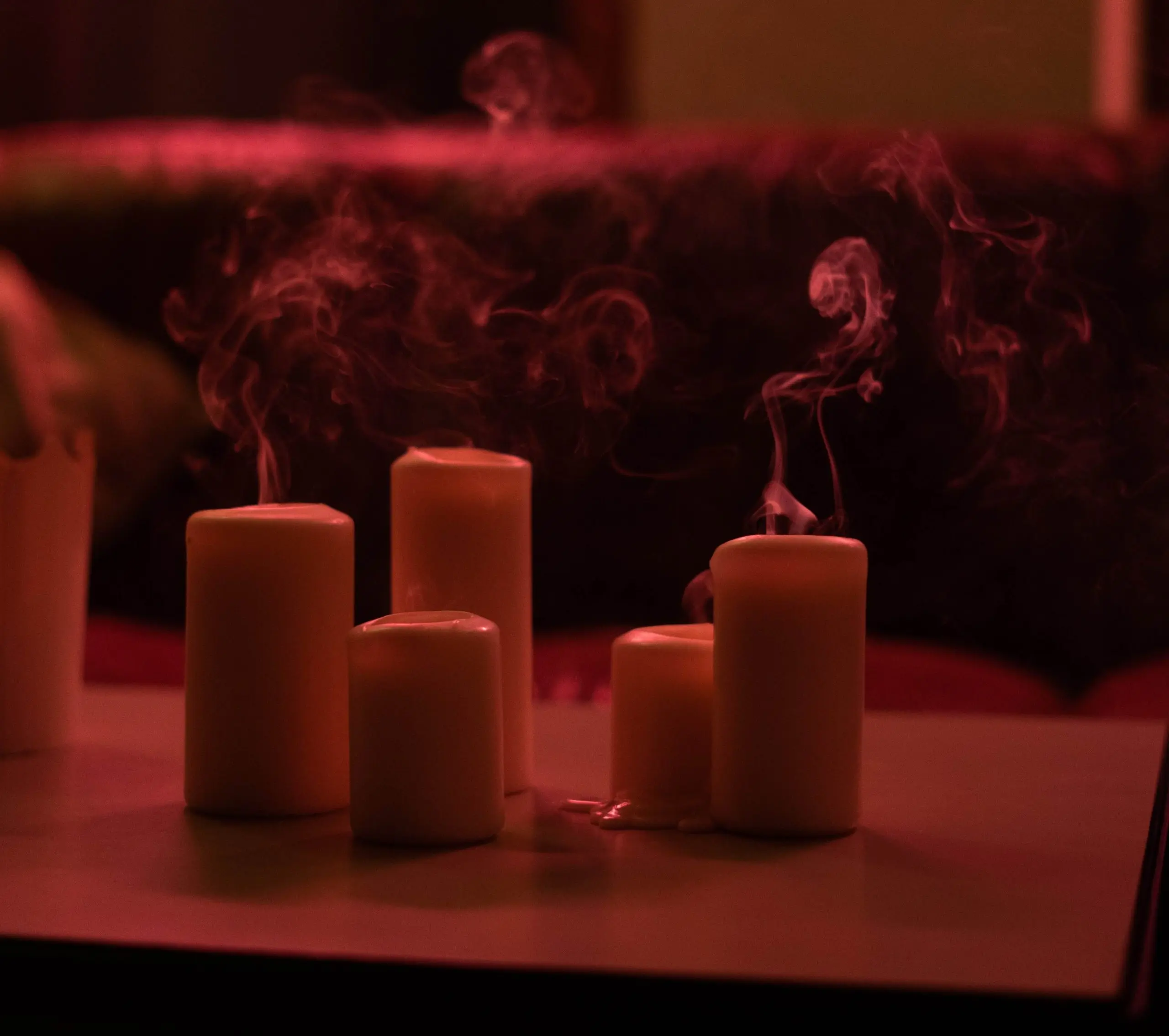
Why is the first burn of a candle so important?
Table of Contents
The first burn of a candle is crucial for several reasons, playing a pivotal role in ensuring the overall performance and longevity of the candle. Here are the key reasons why the initial burn is so important:
1. Preventing Tunneling:
- Tunneling occurs when only the center of the candle melts during the initial burn, creating a hole and leaving the outer wax untouched. This leads to a tunnel-like appearance, wasting wax and reducing the overall burn time. The first burn helps establish a “memory” in the wax, ensuring an even melt pool and preventing tunneling in subsequent burns.
2. Establishing a Full Melt Pool:
- A full melt pool refers to the entire surface of the candle liquefying during the initial burn. This is essential for an even burn in future uses. If the wax doesn’t melt to the edges during the first burn, a memory ring forms, and subsequent burns may only melt to that ring, leading to an uneven surface and potentially shortening the life of the candle.
3. Setting the Tone for Subsequent Burns:
- The way a candle burns during its first use sets the tone for subsequent burns. A proper initial burn ensures that the candle’s wick is centered, the wax melts uniformly, and the fragrance is released effectively. This paves the way for a consistent and efficient burning experience throughout the candle’s lifespan.
4. Enhancing Fragrance Throw:
- Fragrance oils in candles are activated during the first burn. Allowing the entire surface to liquefy ensures that the scent is released uniformly, enhancing the fragrance throw. This is particularly important for scented candles, as it contributes to a more robust and enjoyable olfactory experience.
5. Avoiding Memory Rings:
- Memory rings, also known as “memory bumps,” can form if the first burn is not sufficient. These rings are essentially imprints of the wax’s previous burn boundaries. A full melt pool in the initial burn prevents the formation of memory rings, maintaining a smooth and even surface.
6. Promoting Safety:
- The first burn is an opportunity to observe the candle’s behavior and address any safety concerns. For example, if the flame is too large or if the candle smokes excessively during the first burn, adjustments can be made to ensure safe subsequent uses.
In summary, the first burn of a candle is a critical step in optimizing its performance. It establishes a foundation for even burning, prevents issues like tunneling and memory rings, and enhances the overall experience, including fragrance release. Taking the time to follow proper burning practices during the initial use contributes to the longevity and effectiveness of the candle.

